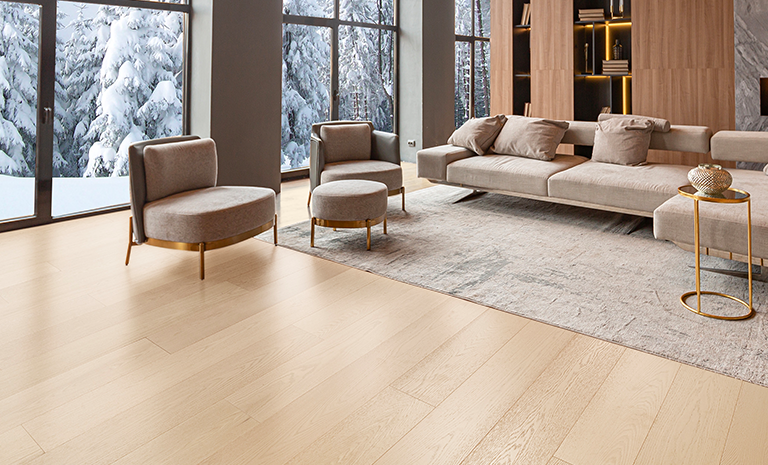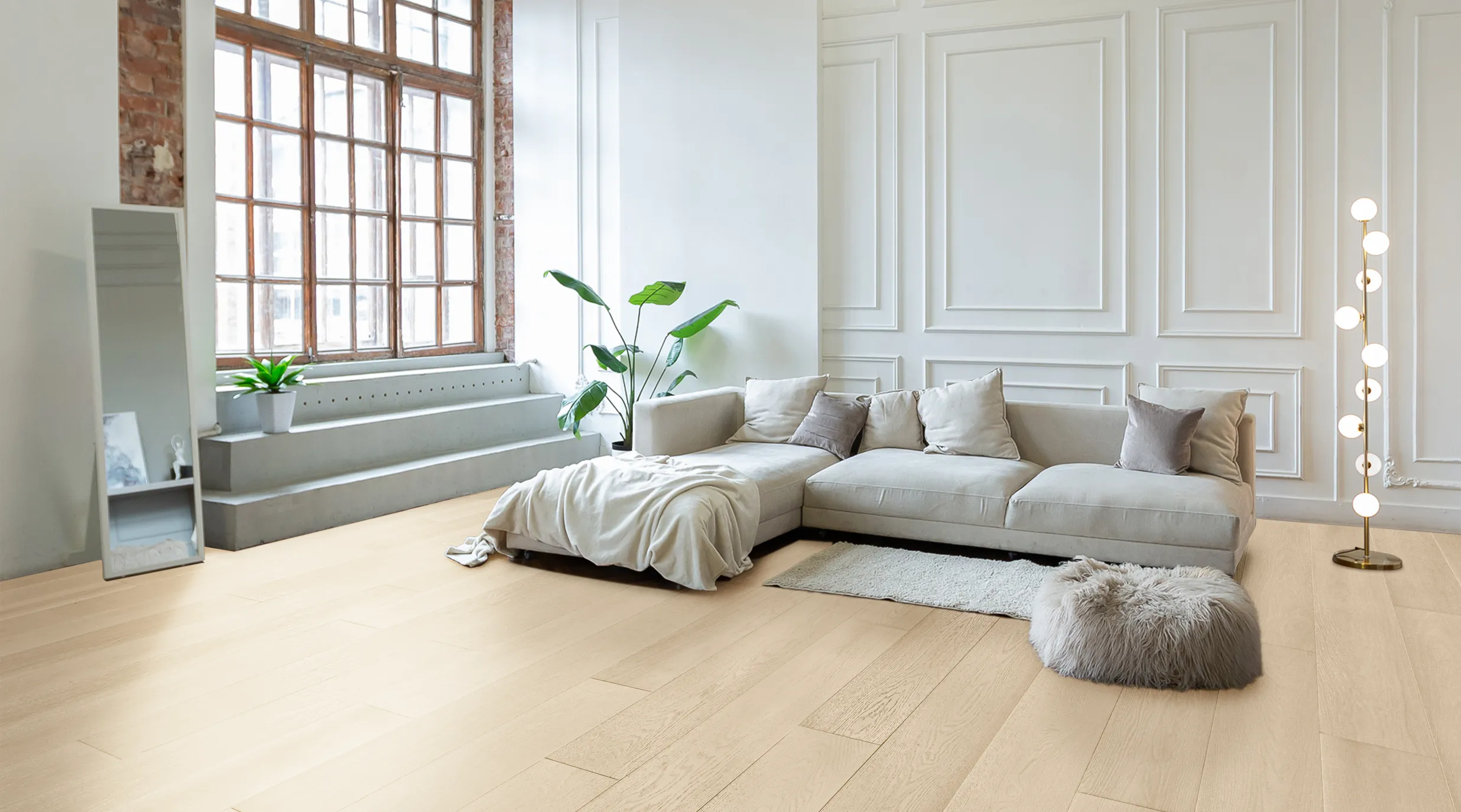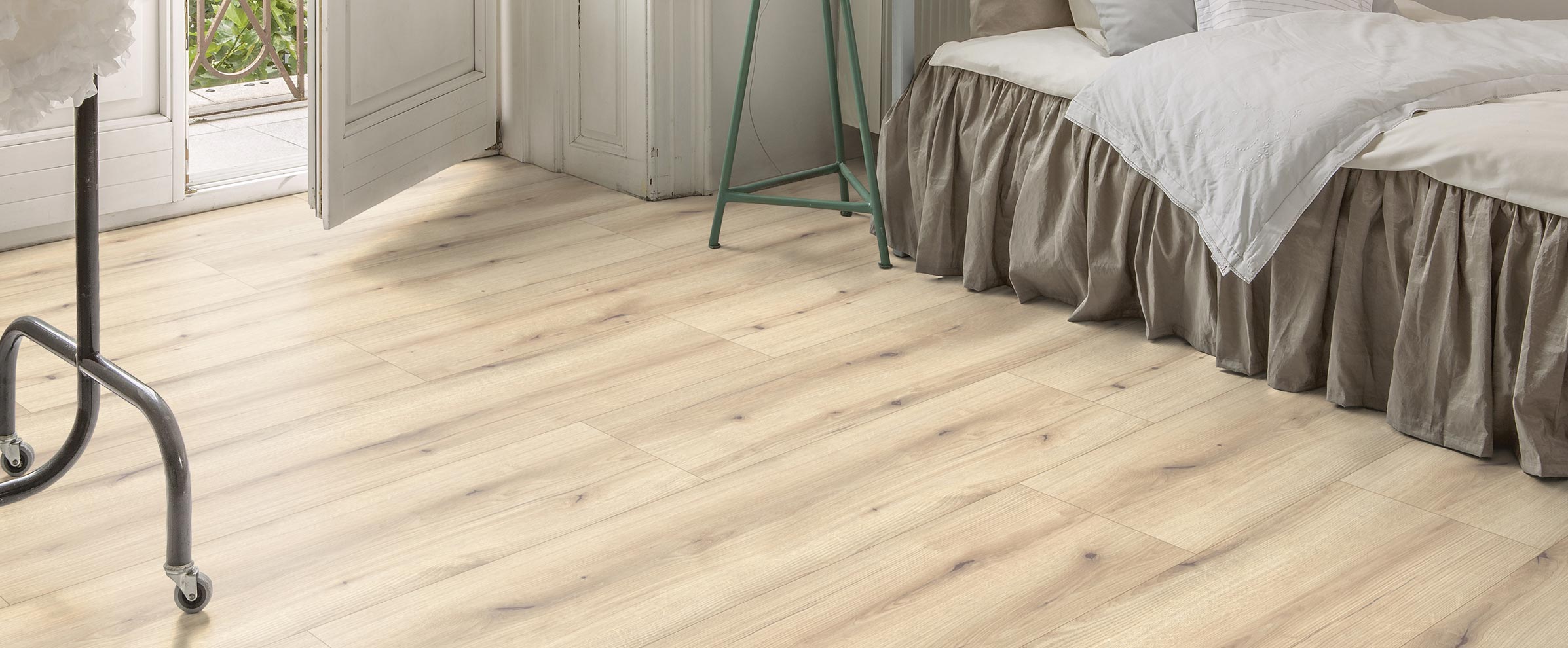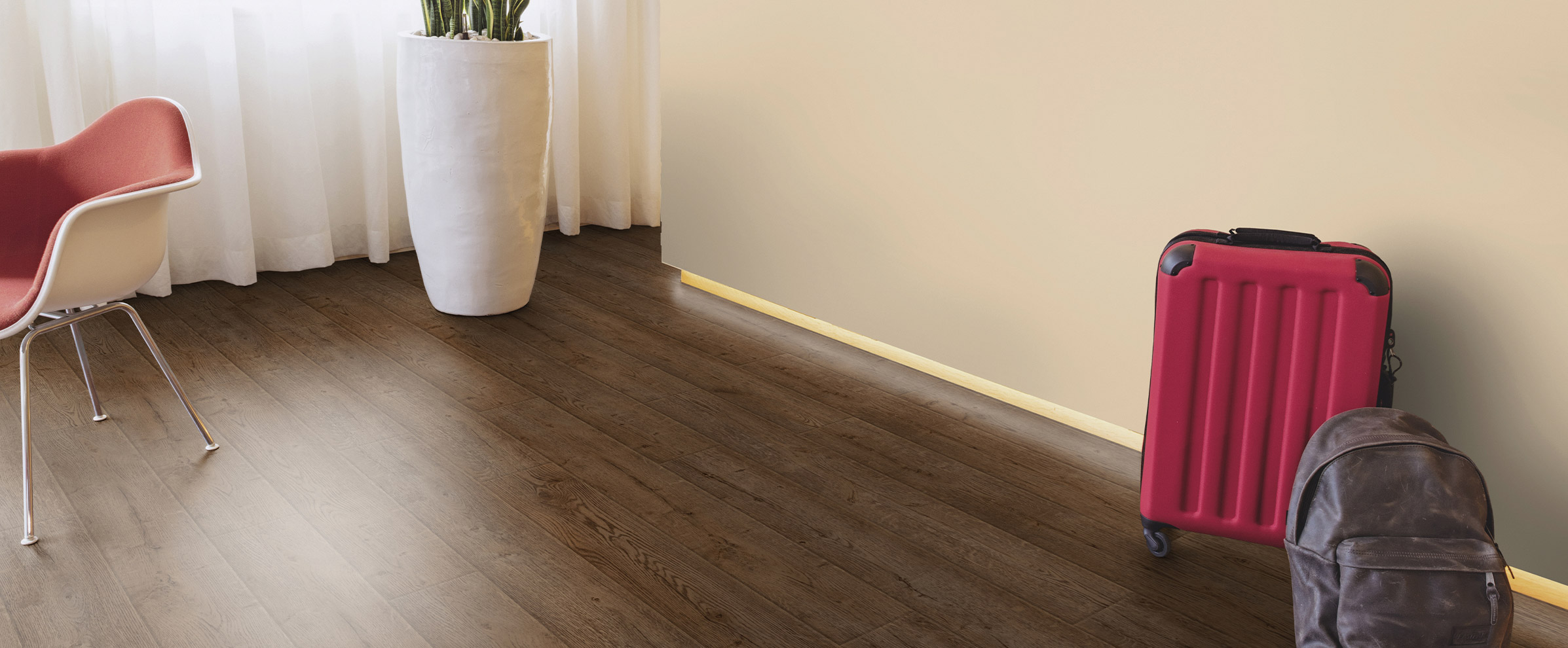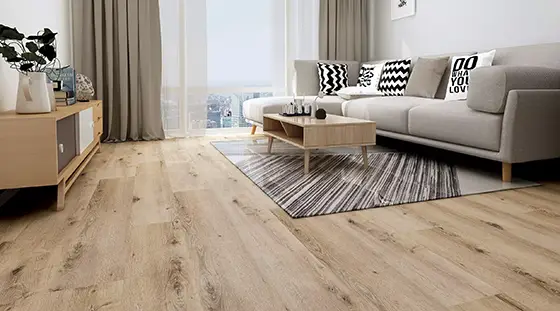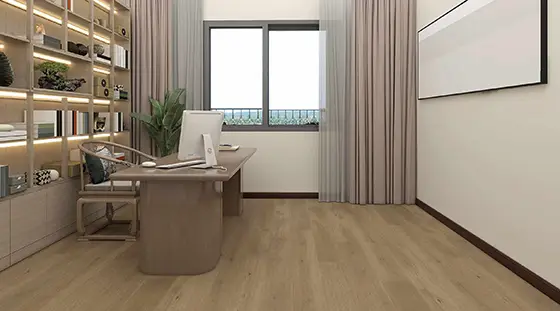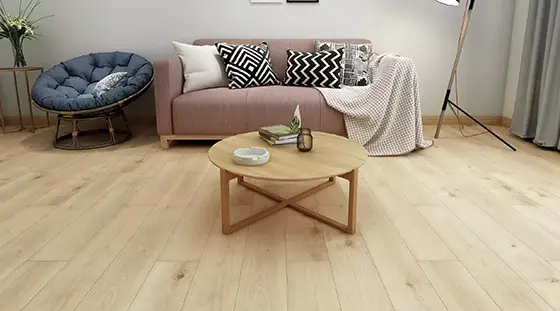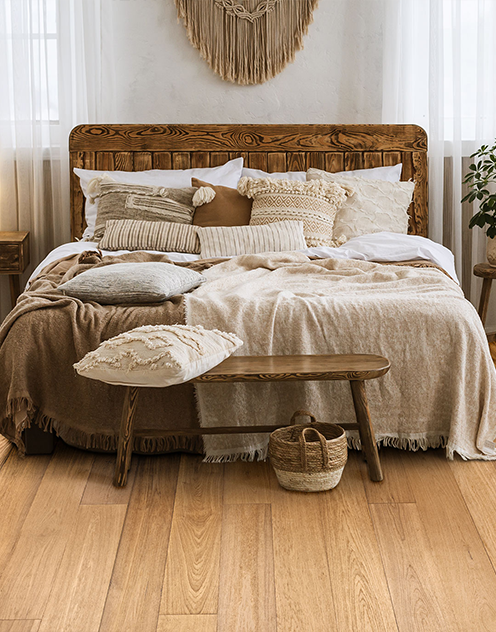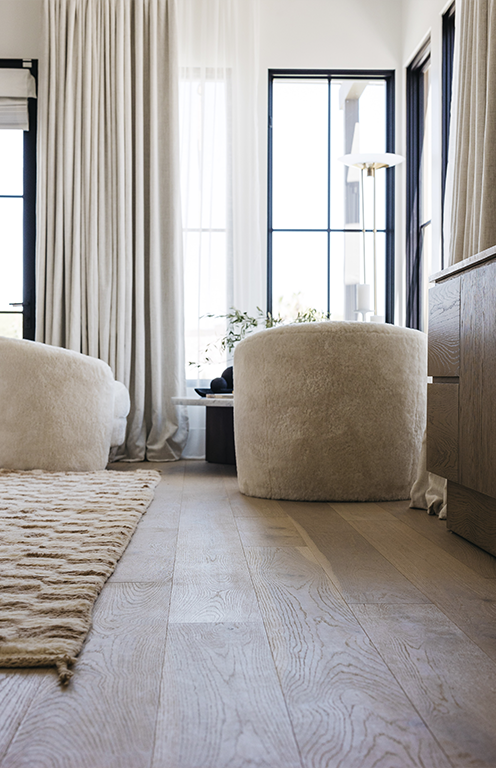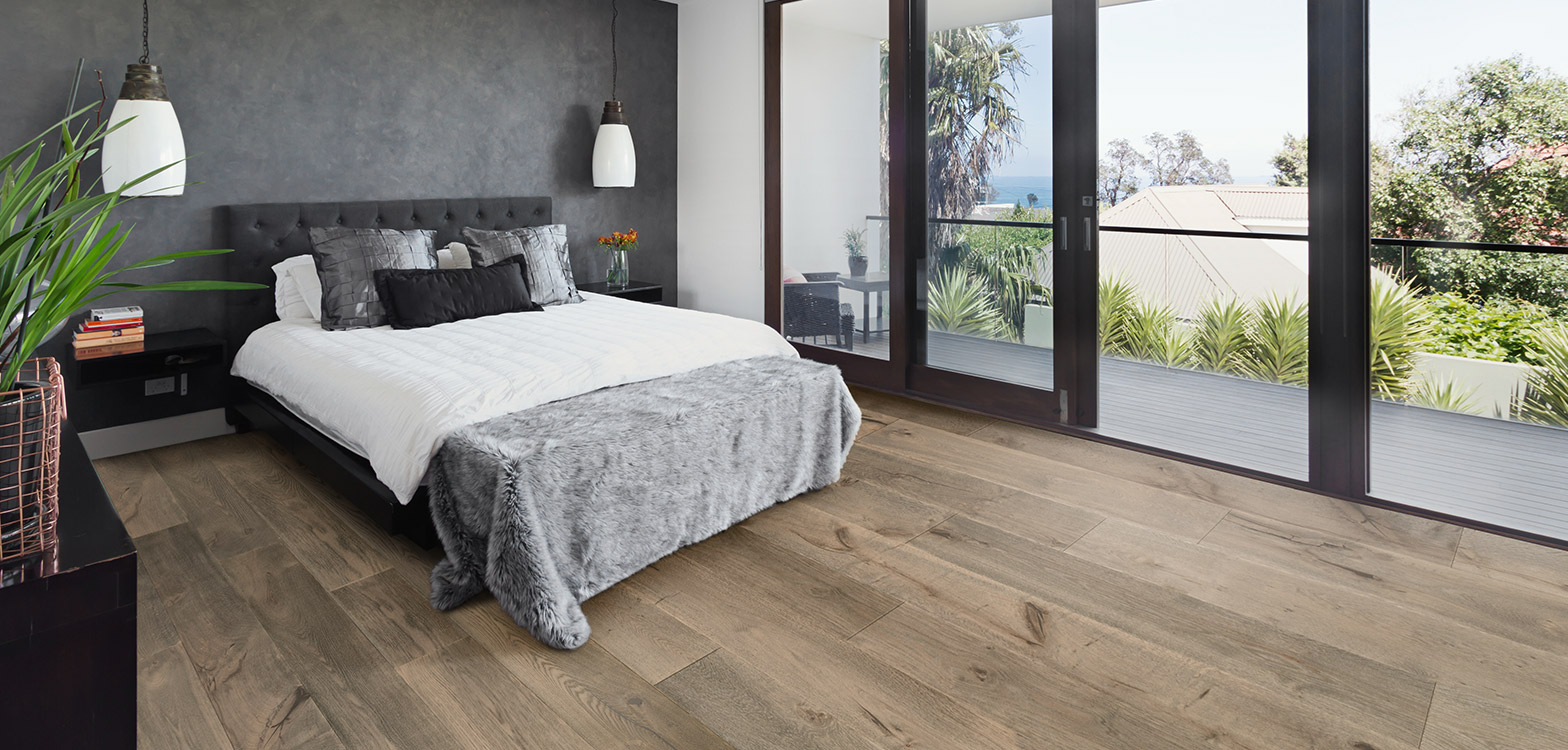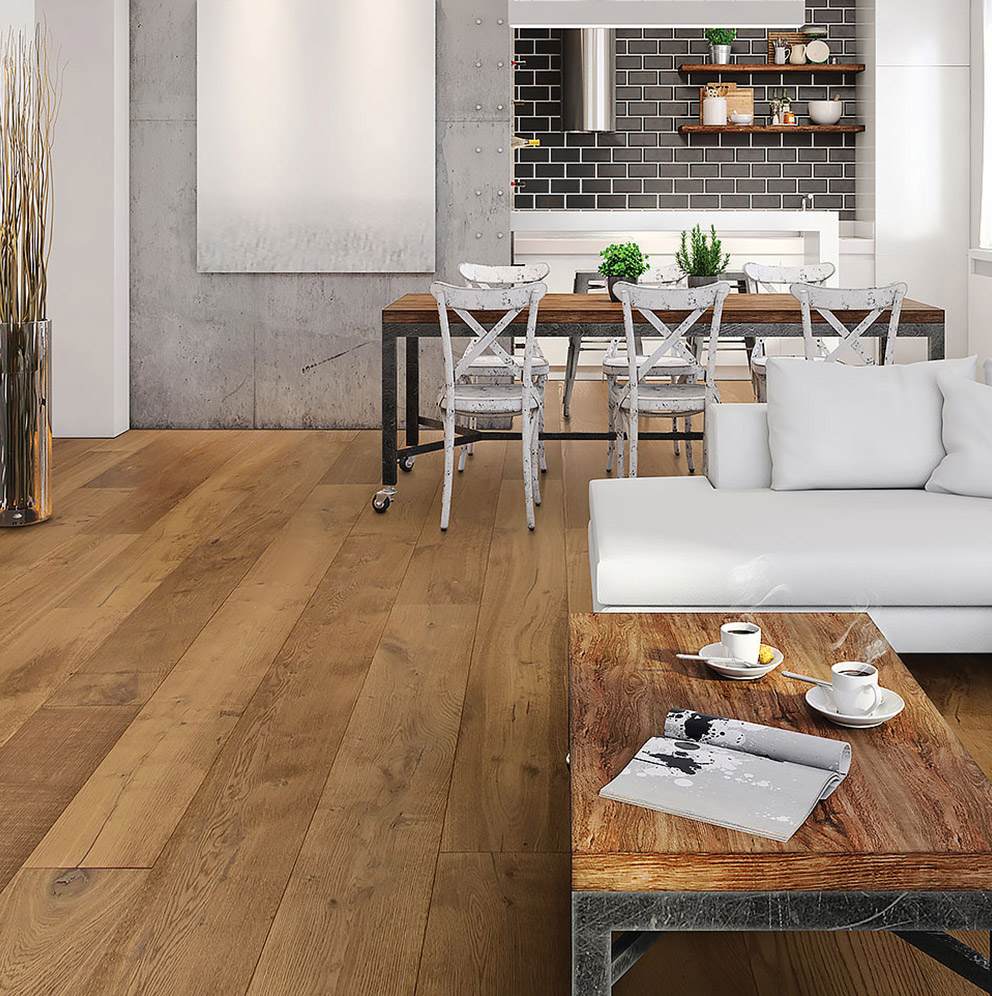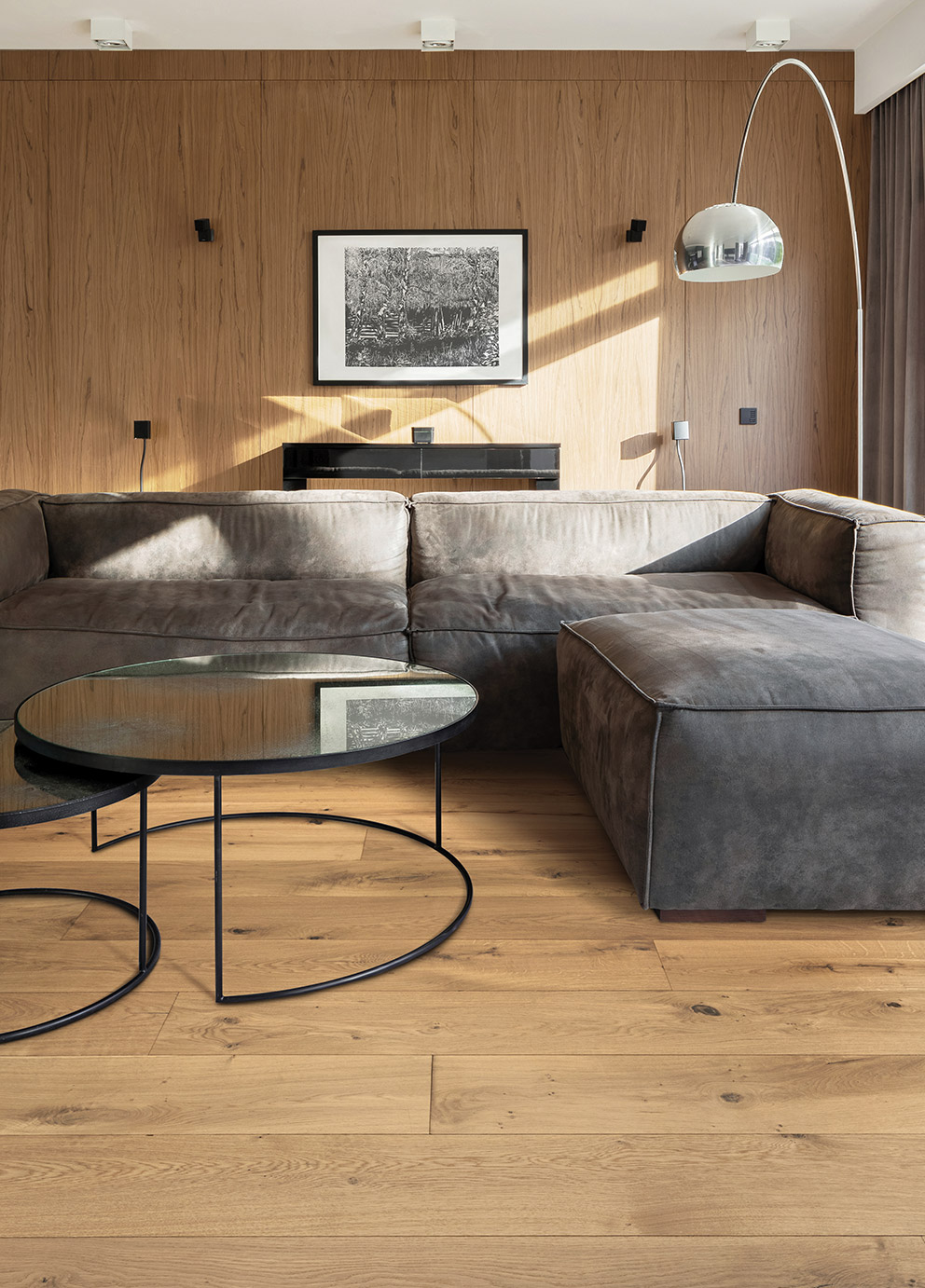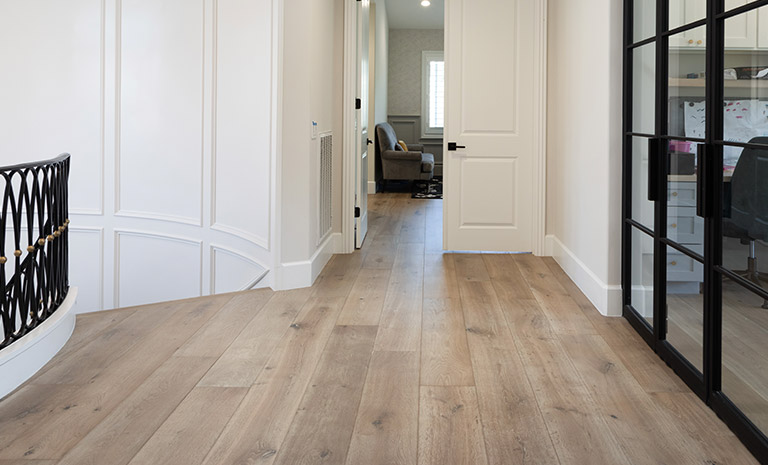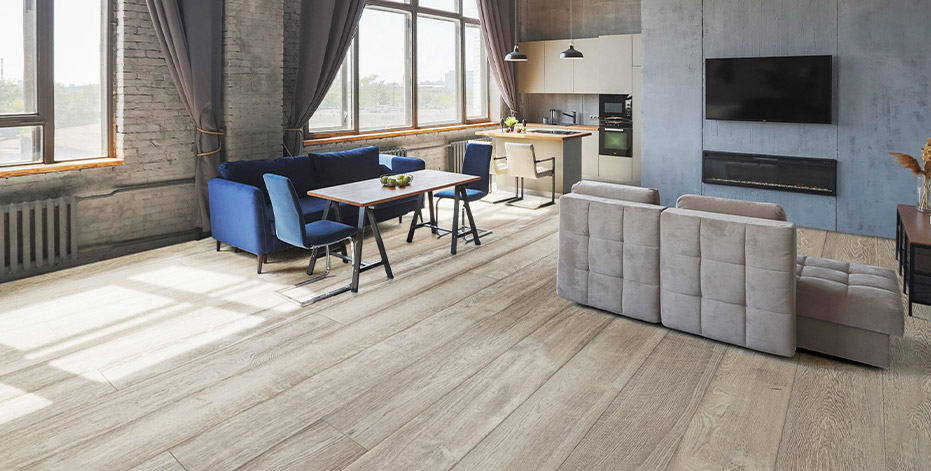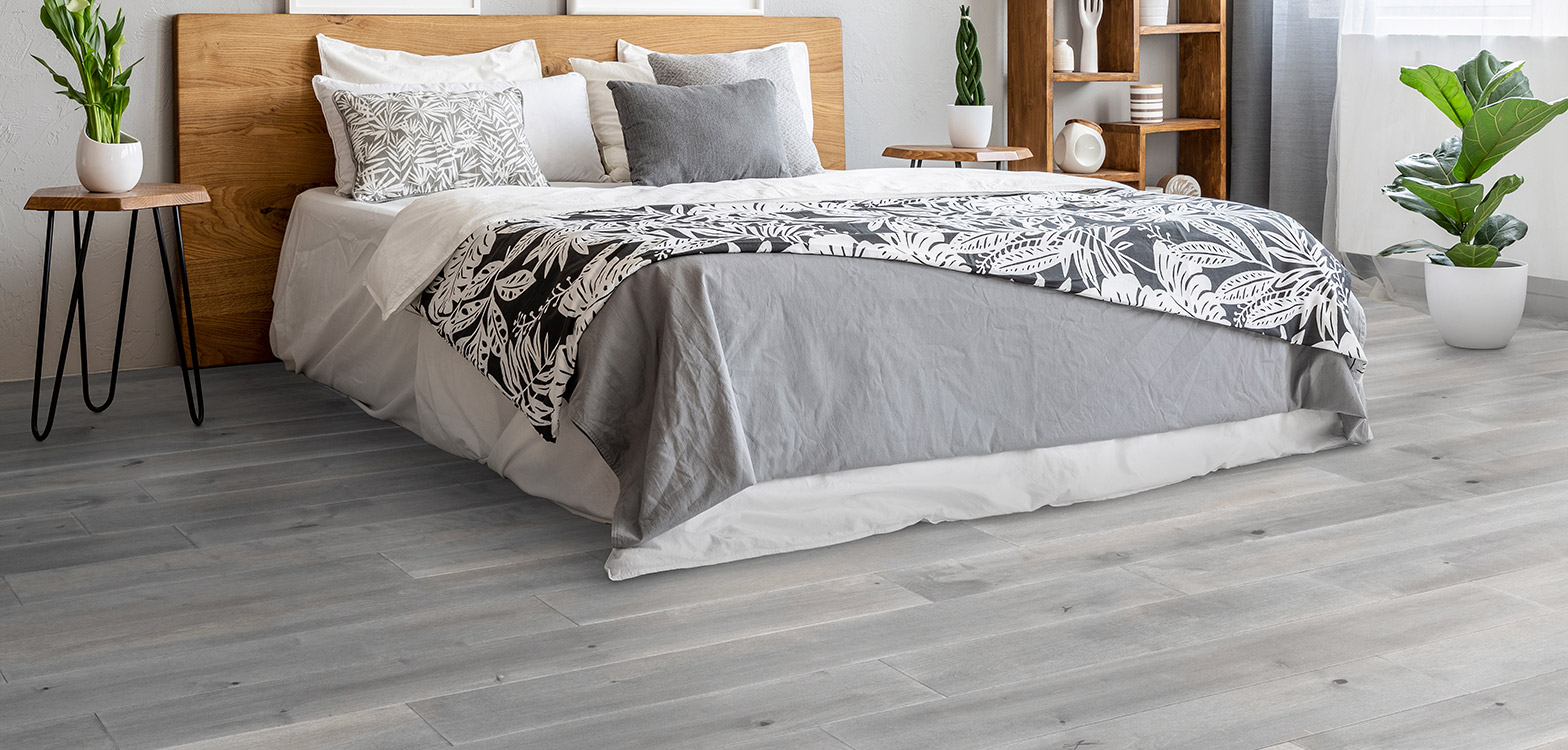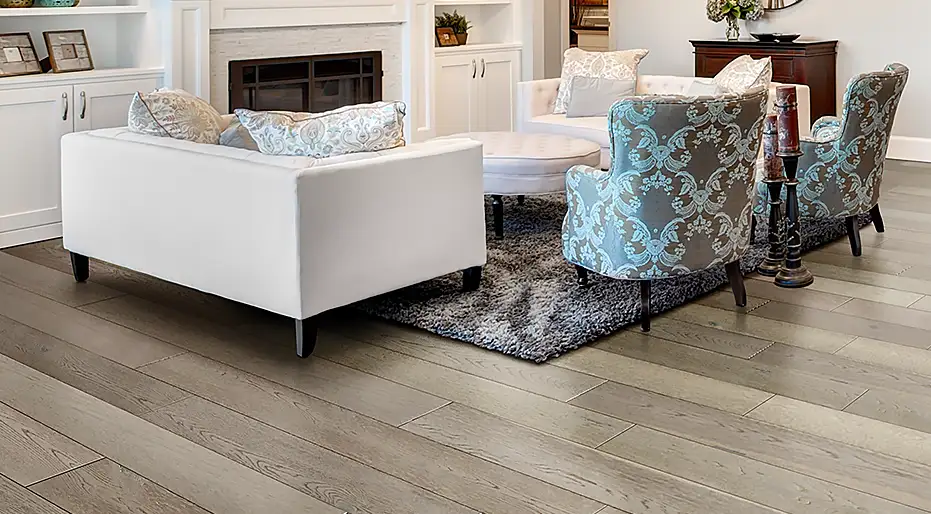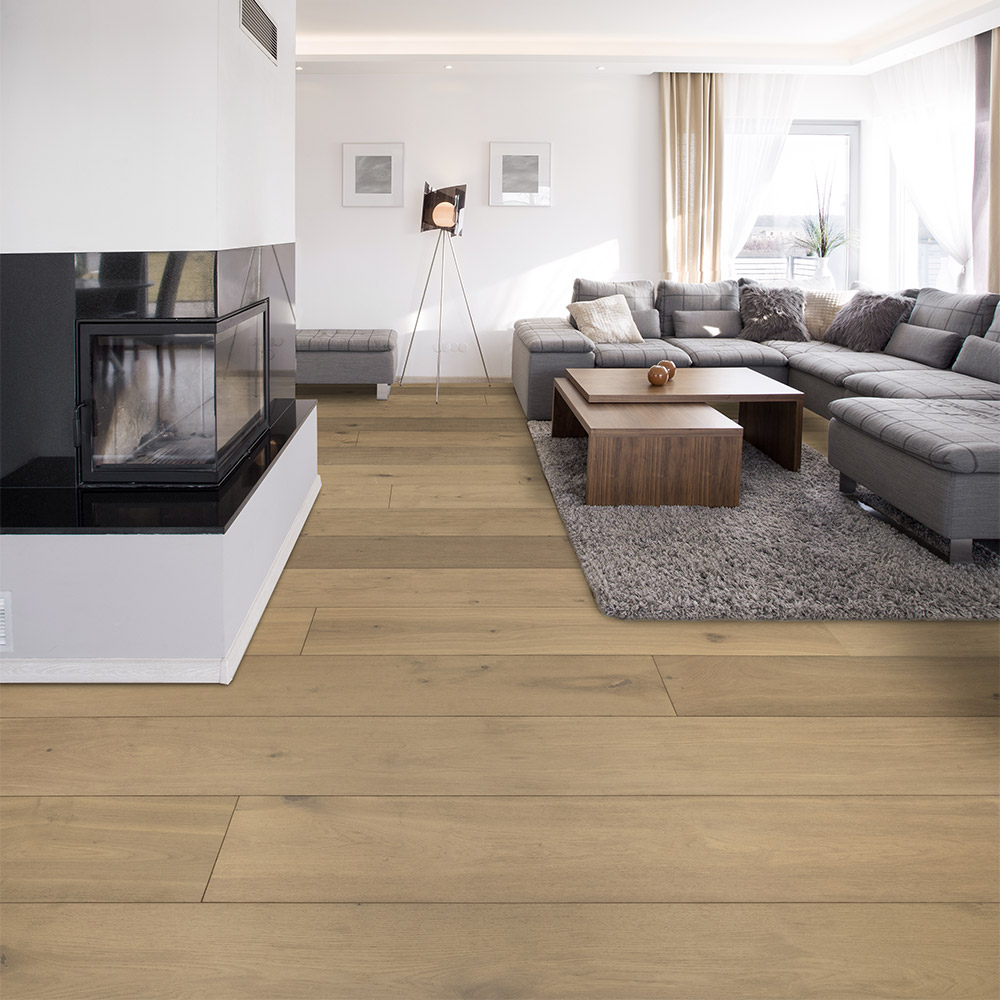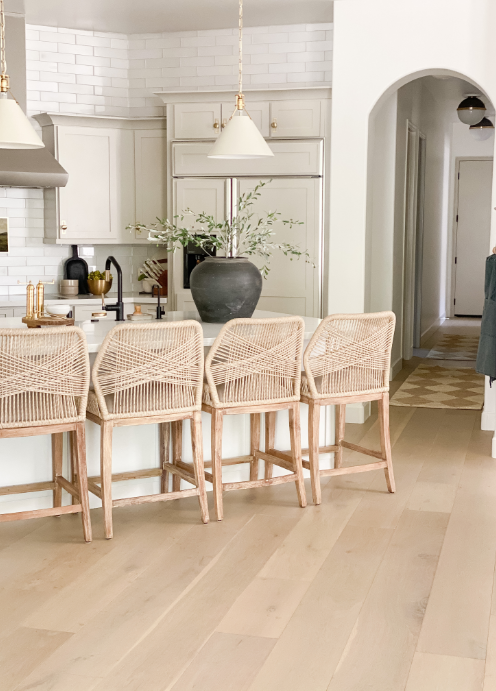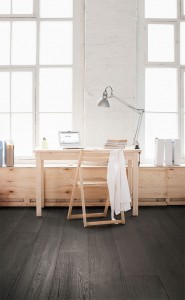 Unfortunately, installing hardwood floors is not as easy as taking a staple gun and connecting boards together. The process is much more complicated. And in certain conditions and climates, it can add an extra layer of difficulty.
Unfortunately, installing hardwood floors is not as easy as taking a staple gun and connecting boards together. The process is much more complicated. And in certain conditions and climates, it can add an extra layer of difficulty.
So, before you decide to Youtube a bunch of videos that lay out exactly how to install your new hardwood floors, here are a few things to consider first and foremost.
Why We Recommend Against Installing Hardwood Floors Yourself
1. The raw materials are not as easy to replace in case you make a mistake.
Unlike painting a wall, or replacing your kitchen cabinets, the raw materials of hardwood floors are expensive. This means that if you decide to take the task upon yourself and run into a mistake along the way requiring you to use another board, you’ll be making costly mistakes.
2. Special tools are required.
You’re going to need a lot more than just a hammer and nail to get the job done. Many power and hand tools are required for a successful installation of hardwood floors. Just to give you an idea, here’s a list of tools required on the job:
• Saws of all types (i.e. Circular, Table, Jig, Miter, etc) for getting the right dimensions of boards and planks
• Hygrometers for testing moisture levels – very important
• Glue adhesives
• Floor leveling tools
• Air compressors
• Nail guns
• Staplers
• Sanders
• Buffers
• Adhesive removers & glue adhesives
• Knee pads to prevent wear and tear on your knees
Many other tools are required; this is just a basic list of what’s needed. Chances are, you won’t really be saving much money in the long run if you decide to install hardwood floors yourself, but lack all of the necessary tools.
3. Extra working knowledge is required.
If you’re literally working from scratch without having any prior knowledge of either hardwood floors or installation projects in general, then the likelihood of making a costly mistake along the way will be very high. We don’t recommend this be a project you decide to challenge yourself on, unless you truly know what you are doing.
You’ll need to know information such as how to center rooms, how much space should be left for gaps, how do I work around closets, fireplaces, staircases, etc.
The Safest Bet is to Hire a Professional & May Save You Money As Well
By leaving the entire job to a professional, you’ll be certain to have the job done well & correctly from the start. If any mistakes happen, it’s on the professional to correct them on their own dime.

